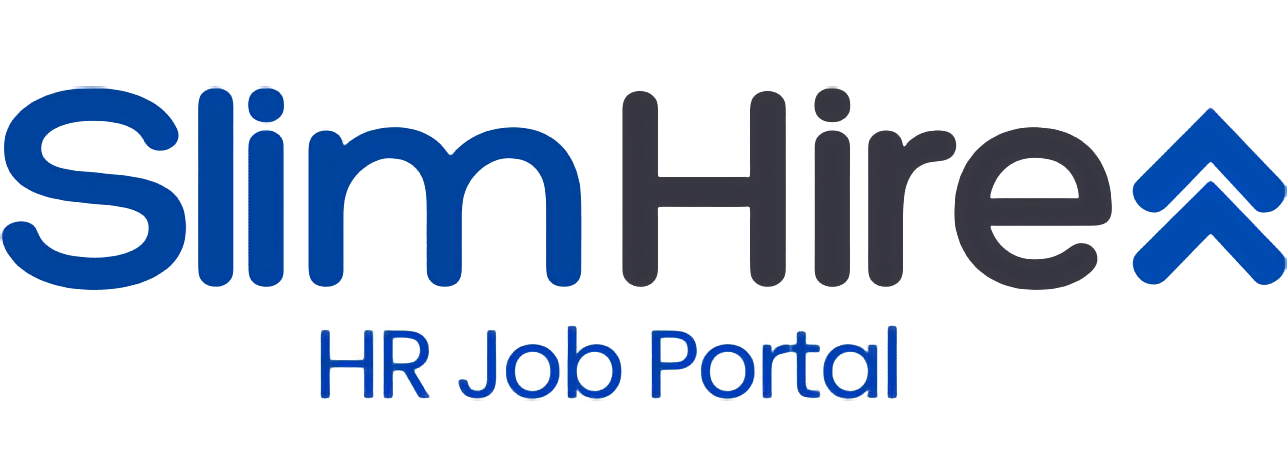How to Create a Practical Talent Pipeline in Indonesia’s Tight Labor Market
You don’t build a winning organization by hiring only when someone resigns.
Yet, that’s what most companies still do. In sectors like Energy, Manufacturing, and Healthcare, where demand outpaces qualified supply, the lack of a proactive talent pipeline often leads to high downtime, rushed hiring, and bad fits.
This guide shows how to create a lean, ongoing talent pipeline aligned to your real business needs—with minimal tools, but high discipline.
1. What is a Talent Pipeline (and What It’s Not)
A talent pipeline is not a pile of CVs.
It’s a segmented pool of pre-qualified, engaged talent, mapped to critical roles and business scenarios—ready to be activated when needed.
Use it for:
- Succession planning
- High-turnover positions
- Project-based talent demands
- Site expansions or new units
2. Identify Which Roles Need a Pipeline
Don’t try to build a pipeline for every role.
Prioritize:
- Hard-to-fill roles (e.g., Instrument Engineer, Quality Pharmacist, IR Officer)
- High-risk roles (e.g., roles with <1 year average tenure)
- Growth roles (e.g., roles tied to business scale-up)
Classify by:
- Impact to business continuity
- Hiring difficulty
- Lead time to fill
3. How to Start Building the Pipeline
Step-by-step:
- List pipeline-critical roles (usually 5–10% of total positions)
- Set ideal profiles (experience, certs, job level, site preference)
- Use mixed sourcing:
- Your past applicants
- SlimHire job portal
- Employee referrals
- Passive outreach on LinkedIn
- Keep your pool warm:
- Send quarterly touchpoint updates
- Use light engagement (e.g., invite to a company update, webinar)
- Tag and segment the talent in your internal tracker or ATS
4. The Pipeline Toolkit
No need for fancy tech. You only need:
- Talent Tracker: simple spreadsheet or lightweight ATS
- Pre-screen template: quick call summary with basic fit rating
- Status tagging: ready, pending, watchlist
- Owner: assign to HRBP or recruiter
Optional (but useful):
- Candidate info sheets
- Talent heatmap per role/region
5. How Often to Refresh
- Review talent list monthly
- Re-screen watchlist every 3–4 months
- Update talent heatmap quarterly
- Identify gaps vs. business pipeline updates (e.g., new plant, contract awarded)
6. For Exec Roles—Use “Always-on” Mapping
For C-levels, senior specialists, or site leaders:
- Keep 5–10 mapped passive profiles per role
- Monitor movement and readiness (e.g., job switch, new cert)
- Partner with SlimHire for market mapping reports and discreet approach
7. Final Advice
A great pipeline isn’t about storing CVs. It’s about reducing the time-to-impact when business needs talent.
Done right, your pipeline becomes an insurance policy for business continuity—especially in critical sectors where the cost of delay is high.
SlimHire offers on-demand support to build or co-manage your pipeline by function or project.
